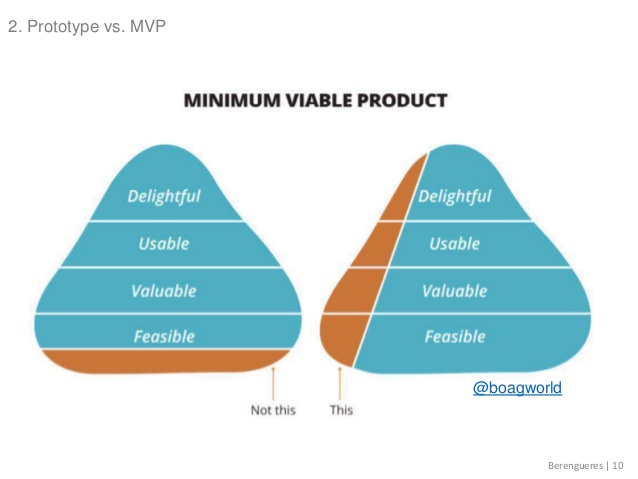We've been asked to justify a potential internal app by projecting its benefits quantitatively.
When I research measuring user experience, there's usually the opportunity to utilize conversion rates, engagement, etc. However, in building an internal app, it isn't so easy, as this process will happen whether it is easy or not.
Below you will see what metrics we're already projecting, but I want to do better than that. To put it crassly, we're going to be making an internal process "suck a lot less". How can we measure the benefit of that "intangible"? This app will be mainly targeted at the highest levels of leadership, so we really doubt that employee retention will be impacted as these people have too much invested for an annoying process to make them quit. But it will make that process much, much easier.
Description of internal app
Our highest level of leaders have a LOT of approvals to do. Current estimates put that number at over 600,000 a year. On top of that, the approvals happen in as many as 5 distinct systems, and cover topics such as client invoice approvals, AP approvals, pricing model approvals, and various compliance approvals.
What makes the problem REALLY frustrating is that the 5 distinct systems can only be accessed via a laptop, so you always have to be somewhere with WiFi and space to open up your computer.
We will be building a mobile app that consolidates the 5 streams of approvals into one place. When completed, you'll be able to approve while walking between meetings, in a cab, on an underground subway, or just before you go to bed.
Here's what we're already doing:
- Measuring projected time savings per approval (2 min with a laptop minus 30 seconds with the phone = 90 seconds of savings. 90 seconds across 600k approvals = 15,000 hrs saved * $250 rate for leaders = $3.75M.
- Attempting to measure the value of getting approvals done quicker by each type of approval (e.g. Client Invoices. 34% take >0 days to approve. speeding up that process means we can collect faster).
Here's what we've ruled out:
Measuring impact on employee retention. We don't think this is annoying enough that director-level and higher would quit over it.
We have very little access to detailed metrics on current state activities, as the 5 disparate systems don't all collect or have access to the same data.
We have only limited opportunity to interview approvers across all types as it takes a long time to find the right people with the right information.
So...
Given the above context, what ideas do you have on how can we measure the benefit of undertaking an effort that improves the user experience on a very frustrating internal process? What's the value of making an employee's life a little bit easier?

